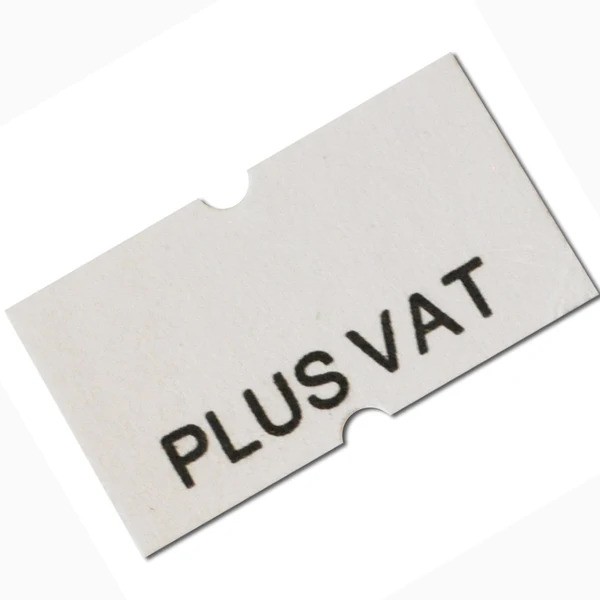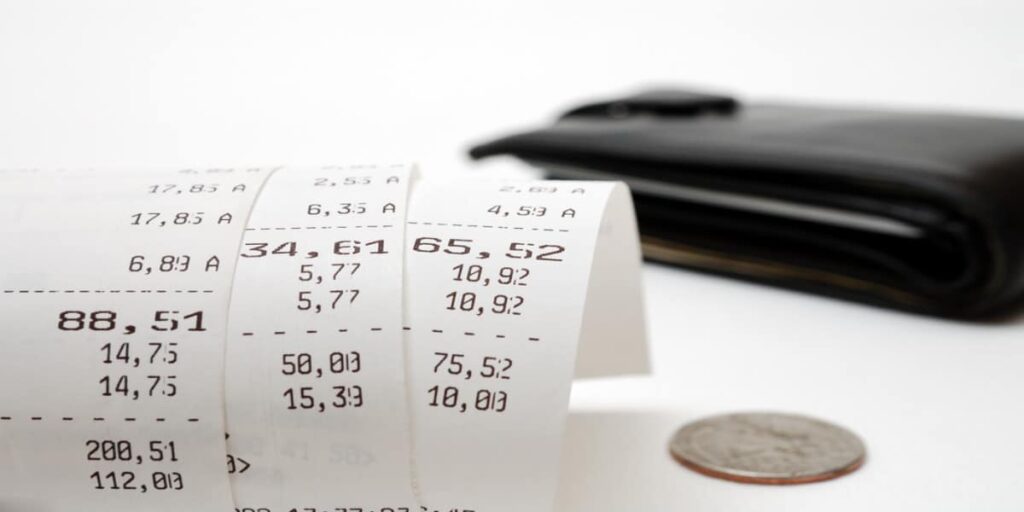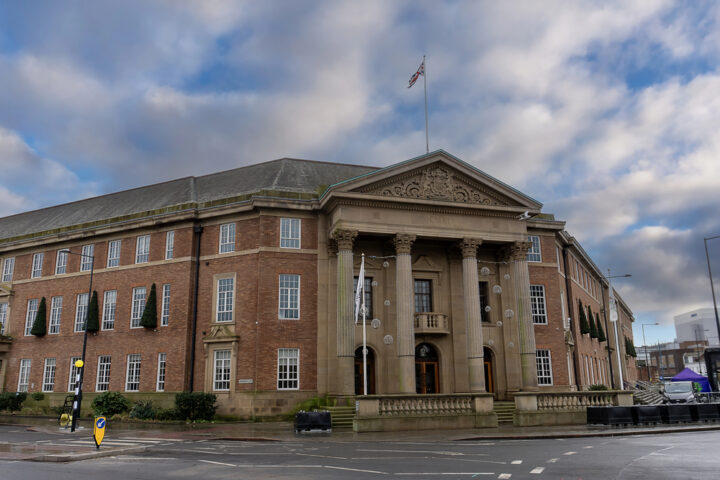When engaging in commercial transactions, particularly in countries that employ Value Added Tax (VAT), it’s common to encounter the term “plus VAT.” Understanding what this term means is essential for both consumers and businesses alike. In this blog post, we will delve into the concept of VAT, what “plus VAT” signifies, and how it impacts pricing.
What is VAT?
Value Added Tax (VAT) is a consumption tax levied on the value added to goods and services at each stage of production or distribution. It is a widely used tax system in many countries around the world. The idea behind VAT is to tax the incremental value that is added at each step of the supply chain, from the initial production to the final sale to the consumer.
How Does VAT Work?
VAT is implemented at various stages of the supply chain. For instance, when a manufacturer produces goods, they pay VAT on the raw materials they purchase. When these goods are sold to a retailer, the retailer pays VAT on the purchase price. Finally, when the consumer buys the product from the retailer, they pay VAT on the final sale price. At each stage, businesses can often reclaim the VAT they’ve paid on their purchases, ensuring that the tax burden ultimately falls on the end consumer.
What Does ‘Plus VAT’ Mean?
The term “plus VAT” indicates that the price quoted for a product or service does not include the Value Added Tax. It is a way for businesses to communicate that the listed price excludes VAT, and the actual amount payable will be higher once VAT is added.
Example:
- Price of a product: £100
- VAT rate: 20%
- Total price (including VAT): £100 + (£100 * 0.20) = £120
In this example, the product’s price is £100 plus VAT, which means the consumer will pay a total of £120.
Why Use ‘Plus VAT’ Pricing?
Transparency: Listing prices as “plus VAT” allows businesses to show the base price of goods or services separately from the tax. This is particularly useful for business-to-business (B2B) transactions where companies can reclaim their paid VAT.
Comparability: It helps in comparing prices across different markets or suppliers. By knowing the base price and the VAT separately, businesses and consumers can better understand the cost structure and make informed purchasing decisions.
How to Calculate VAT?
If your business sells products or services subject to VAT, understanding how to calculate and display prices is crucial. Here’s a guide to help you apply the correct VAT rate and present it on receipts or invoices.
20% Standard Rate of VAT
For products or services subject to the 20% standard rate of VAT:
- Add 20% to the price you charge for the goods or services.
- To do this, multiply the original price by 1.2.
Example:
If you sell sports equipment for £50, multiply £50 by 1.2. The total VAT-inclusive price is £60.
On the receipt or invoice:
- Item Price: £50
- VAT: £10
- Price including VAT: £60
5% Reduced Rate of VAT
For products or services subject to the 5% reduced rate of VAT:
- Add 5% to the price you charge for the goods or services.
- Multiply the original price by 1.05.
Example:
If you sell radiators for £50, multiply £50 by 1.05. The total VAT-inclusive price is £52.50.
On the receipt or invoice:
- Item Price: £50
- VAT: £2.50
- Price including VAT: £52.50
0% Zero Rate of VAT
For products or services subject to the 0% zero rate of VAT:
- Add 0% to the price, which means the price remains unchanged.
- Multiply the original price by 1.
Example:
If you sell a magazine for £5, multiply £5 by 1. The total VAT-inclusive price is £5.
On the receipt or invoice:
- Item Price: £5
- VAT: £0
- Price including VAT: £5
Understanding these rates ensures that you apply the correct VAT to your products or services and present this information clearly to your customers.
VAT Rates Around the World
VAT rates vary significantly across different countries. For instance:
- United Kingdom: 20%
- Germany: 19%
- France: 20%
- Australia: 10%
- Japan: 10%
Understanding the VAT rate in your country is crucial for accurate pricing and budgeting.
Conclusion
In summary, “plus VAT” is a term used to indicate that the price quoted for a product or service does not include the Value Added Tax. This approach offers transparency and comparability, especially in B2B transactions. By understanding how VAT works and how to calculate it, both consumers and businesses can make more informed financial decisions. Whether you are buying or selling, being aware of VAT implications ensures you are well-prepared for the actual costs involved in any transaction.







